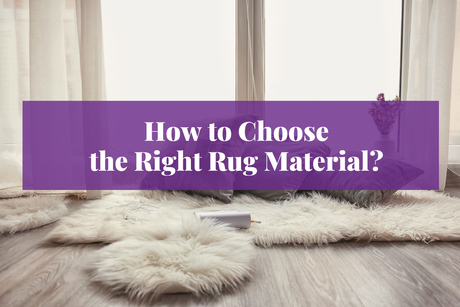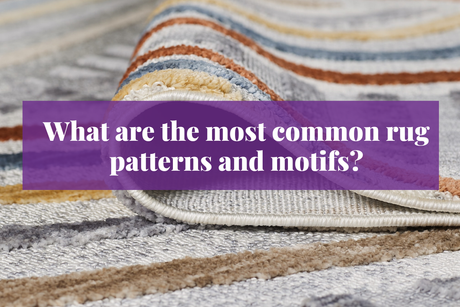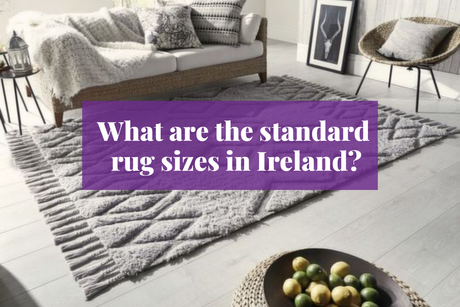
How to Choose the Right Rug Material
Polypropylene is like the tough guy in the group—strong, reliable, but not exactly the type to offer a cosy hug. If you’re looking for something plush, you might be better...
Free delivery on website orders over €500 for Cork, Kerry & Limerick
Free shipping
€500+ orders in Kerry, Cork & Limerick
Special offers
Regular sales and discounts
Easy returns
Hassle free returns policy
Chat facility
Talk to a real person

Corcorans Furniture IE
Cordelia Contemporary Large Oak Sideboard
Corcorans Furniture IE
Cordelia Contemporary Oak Extendable Dining Table
Corcorans Furniture IE
Cordelia Upholstered Wooden Dining Chair
A stylish range of oak dining tables, fabric chairs, and sideboards. With soft curves, arc-inspired details, and a light oak finish, this contemporary furniture collection blends modern design with subtle Art Deco charm. Perfect for creating a warm, elegant dining or living space.
Better nights begin with the right mattress. Find your perfect fit in our collection.
Backmaster Mattress for Lower Back Pain
Coral Pocket 1300 Pocket Sprung Mattress by Respa
Luxury Coil Palace 6000 Pocket Sprung Mattress
Luxury Coil Adare 3500 Pocket Sprung Mattress
Horizon Pocket Sprung Roll Up Mattress
Classic Mahogany Sleigh Bed Low End
Darby Mirrored Oak Sliding Wardrobe
Coral Pocket 1300 Pocket Sprung Mattress by Respa
Zulema Wooden 7 Drawer Chest of Drawers
Backmaster Mattress for Lower Back Pain
Luxury Coil Palace 6000 Pocket Sprung Mattress

Polypropylene is like the tough guy in the group—strong, reliable, but not exactly the type to offer a cosy hug. If you’re looking for something plush, you might be better...

As you navigate the vibrant tapestry of rug patterns available, think of each choice as an opportunity to stitch your personality into the very fabric of your home. Whether it’s...

Navigating the choice of rug size for your hallway requires some strategic thinking to ensure functionality and style. It's important to start by leaving at least 1 foot (30 cm)...
Corcoran's is a premier furniture store with locations in Limerick, Kerry, and delivery to towns like Cork, Dublin, and throughout Ireland. Our furniture stores offer stylish and affordable furniture for every room in your home. Visit Corcoran's furniture shops in Limerick or Kerry, or shop online for delivery across Ireland.
We have now grown to five stores and have the following home furniture stores located throughout Kerry and Limerick:
Since opening our Cahersiveen Town store back in 1999, we have worked hard to carefully source top-quality furniture, furnishings, and accessories from suppliers in Ireland and around the world. Whatever you need for your home, Corcoran’s home furniture stores have you covered with a vast range of contemporary and traditional interior design options to suit all styles and budgets.
As quoted by House and Home, Ireland:
“Each shop is jam-packed with hidden gems, all beautifully displayed to truly unleash your hidden interior designer.”
Additionally, we have a thriving online presence with our website (https://corcoransfurniture.ie) growing rapidly in recent years. On our website, you can browse and select from 20,000+ products across hundreds of distinct categories and securely buy your home furniture products online.
We are adding new products and categories all the time and we encourage you to join our mailing list at this link to receive the latest news and offers directly from Corcoran’s Furniture & Carpets.
As a specialist home furniture retailer group with over fifty employees, we bring you everything you need for a satisfying customer experience. Many of our team are long-standing employees and have considerable experience in areas such as interior design, flooring, gardens, carpets, and much more!
Let our experts help you to find everything you need for your home or office, no matter your style requirements, space constraints, and budgetary limits. We promise unrivalled, friendly customer service from start to finish when you choose Corcoran’s whether you buy in-store or online.
Goods can be ordered within our home furniture store, or online and available for nationwide delivery (Monday – Friday), with our friendly delivery team providing high-quality, professional service. We also offer a furniture assembly service for customers wishing to receive product assembly from our experts.
If you enjoy social media then find Corcoran’s latest messages at these links – Facebook, Instagram, LinkedIn, Pinterest, Tik Tok, and Twitter. Why not get in touch? We would love to hear from you. Also, here is what Corcoran’s customers say when you visit our customer reviews page.
“Our aim is to deliver high Quality products to our customers at the best possible price whilst providing a very high standard of customer service. Our customers come in as acquaintances and leave as friends. Call today and experience it for yourselves.”
Kieran Corcoran, Managing Director and Founder
Your style, your space, your inspiration.
Share your moments with us by tagging @corcorans.furniture and your home could be featured right here!
